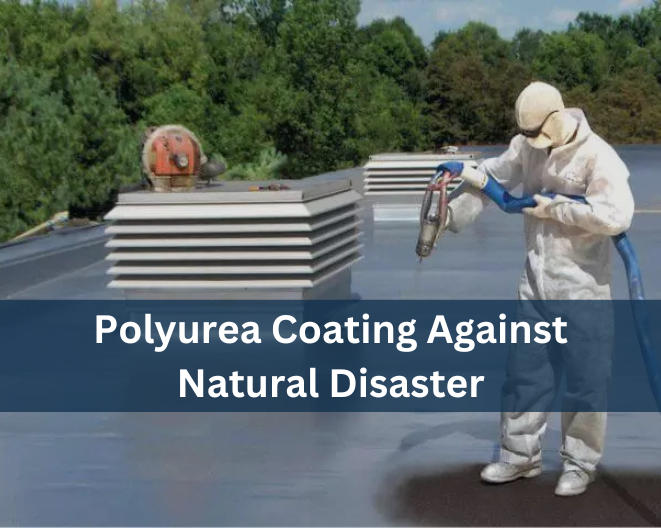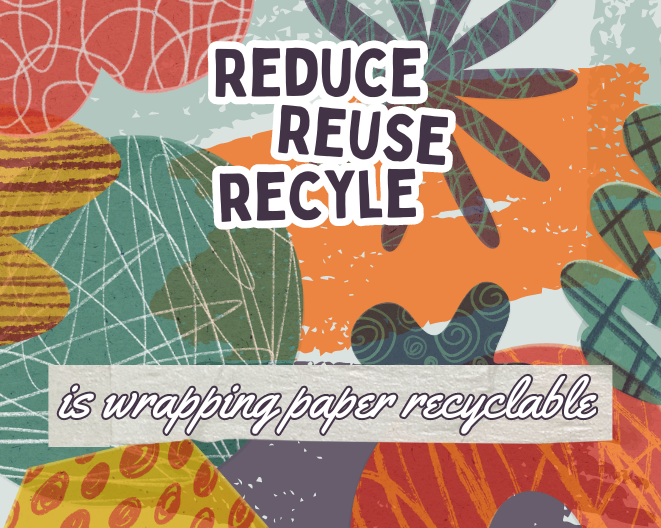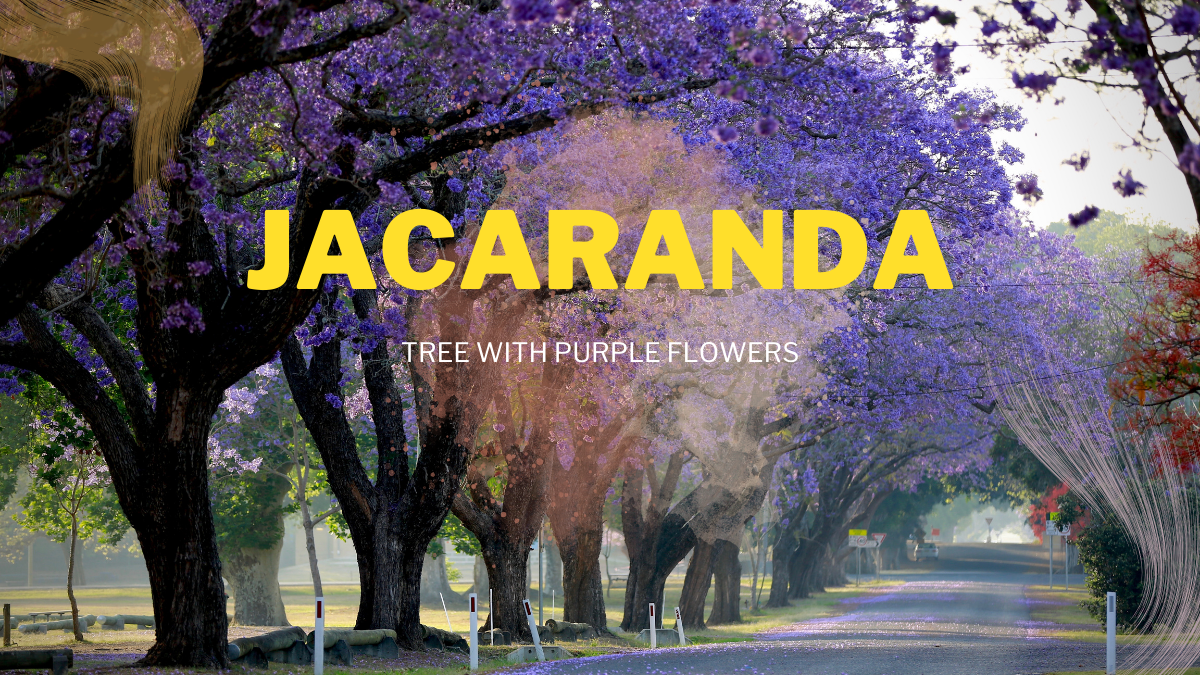One of the fundamental choices gardeners face when starting is selecting their soil type. Soil serves as the cornerstone for plant development, providing essential nutrients, moisture, and support. However, with so many options out there selecting potting soil vs garden soil can become complicated; thus gardeners must understand the differences between each one and when to use each for maximum plant growth and vitality. In this comprehensive guide, we explore these distinctions between them to optimize plant vitality while growing food for harvest or making indoor potted gardens to reduce the impact of climate change and weather conditions!
Understanding Potting Soil
What Is Potting Soil? Ideally designed for container gardening, potting soil (also referred to as “potting mix”) is a specially prepared soil mixture composed of organic material such as perlite or vermiculite mixed in with some form of aggregate; such as vermiculite. Potting mix typically does not contain soil particles directly but instead relies on perlite for drainage purposes and often contains added ingredients like vermiculite for better aeration and drainage properties.
Composition of Potting Soil:
Organic Matter: Packed full of decomposed plant matter such as peat moss, composted bark, and coconut coir, this layer provides essential nutrients as well as improves soil structure.
Perlite and Vermiculite: Perlite and Vermiculite are mineral additives that improve soil aeration and drainage while helping prevent compaction, root rot, and soil compaction.
Sand: Sand helps enhance drainage while keeping soil from becoming dense or compacted over time.
Advantages of Potting Soil
Regardless of which products or ingredients may be added to it for use as potting soil additives – there will always be additional advantages associated with its use! Potting soil’s lightweight and well-aerated nature offers excellent drainage properties, helping reduce overwatering risk as well as root rot. Potting Soil Creates a Sterile Environment. It is typically free from weed seeds, pests, and diseases to provide a more controlled and sterile container gardening environment. Customization options such as adding amendments or fertilizers may help meet different plants’ requirements for container gardening.
When to Use Potting Soil:
When gardening with containers is recommended or when transplanting new seedlings are added.
- Container Gardening: Potting soil is ideal for container gardening applications like houseplants, hanging baskets, and patio containers.
- Starting Seeds and Cuttings: Potting soil’s sterile yet nutrient-rich nature makes it the ideal medium to start seeds or cuttings in.
Understanding Garden Soil
What Is Garden Soil? Garden soil, also referred to as topsoil or planting soil, refers to natural earth material found on land that has become decomposed due to weathering over time – usually consisting of weathered rock materials mixed in with organic matter, microorganisms, and various components like bacteria.
Composition of Garden Soil
Mineral Particles: Comprised of sand, silt, and clay particles, mineral particles determine the soil’s texture and structure.
Organic Matter: Once decomposed plant and animal residues decayed they provide essential nutrients and increase water-holding capacities of soils.
Beneficial Microorganisms: Beneficial bacteria, fungi, and other microorganisms play an essential role in decomposing organic matter and releasing essential nutrients while also helping maintain soil fertility.
Advantages of Garden Soil
Garden soil naturally provides all of the essential nutrients required for plant health. When it comes to potting soil vs garden soil, it is more cost-effective for extensive gardening projects. Garden soil provides an ecosystem full of beneficial microorganisms, insects, and earthworms which promote soil health and plant vitality.
When to Use Garden Soil:
Depending upon its purpose for planting purposes it should either be applied directly onto plants, or used as a top dressing on existing beds of garden soil for best results.
Garden soil is ideal for use outdoors in flowerbeds, vegetable gardens, and landscaping projects. And can even be improved using organic matter amendments like fertilizers to increase structure fertility drainage capabilities of its structure and improve drainage capabilities of its drainage channels.
Key Differences: Potting Soil vs Garden Soil
Soil Composition:
- Potting Soil: Mostly composed of organic matter, perlite vermiculite, sand, and.
- Garden Soil: It is composed of minerals and organic matter, as well as an ecosystem of microorganisms that is diverse.
Drainage and Aeration:
- Potting Soil is designed to provide excellent drainage and aeration. It also reduces the chance of flooding and root rot.
- Garden Soil The drainage and aeration characteristics of garden soil are different according to the texture and shape of the soil.
Nutrient Content:
- Potting Soil: It may contain more fertilizers and amendments to meet the specific needs of plants.
- Garden Soil is naturally fertile and contains the right balance of nutrients that benefit growing plants.
Sterility:
- Potting Soil: Most of the time sterile and free of pests, weed seeds, and diseases.
- Garden Soil: It may include pests, weed seeds, and diseases, which require appropriate soil preparation and control.
Making the Right Selections for Planting Needs
Selecting the appropriate soil is vital to the success of any gardening project, from container gardens to raised beds. Potting soil vs garden soil – each type has specific qualities which make them suitable for specific gardening applications and understanding these differences will enable you to make informed choices that promote optimal plant growth and health. Below are several key points which will assist with selecting an optimal choice:
Type of Gardening:
Container Gardening:
Potting Soil: Potting soil is the ideal medium for container gardens, whether in pots, hanging baskets, or window boxes. Its lightweight yet well-aerated composition promotes optimal drainage while preventing compaction – providing your plants’ roots with optimal support in an ideal growing environment.
Garden Soil: While garden soil may work for container gardening, its drainage and aeration capabilities may not match those found in potting soil – potentially leading to overwatering and root rot issues. When using garden soil in this way for container gardening purposes, consider mixing in perlite or vermiculite to increase airflow for proper aeration and drainage.
Outdoor Gardening:
Garden Soil: When it comes to planting flowers in flowerbeds, vegetable gardens, and landscaping projects outdoors, garden soil is usually the superior option. Thanks to its natural fertility and a vast array of beneficial microorganisms that foster plant health and robust plant growth. However, garden soil must be assessed and improved periodically by adding compost, organic matter, or any other amendments as necessary to maximize optimal plant growth and fertility in its environs.
Planting Needs and Preferences:
Different plants have differing soil and nutrient needs. Some prefer well-drained sandy soil, while others may thrive better in fertile loam conditions. Educating yourself about what each specific species requires can help determine the ideal potting or garden soil type to use when selecting what’s suitable.
Soil pH and Nutrient Levels in Garden Soil:
Garden soil naturally provides essential nutrients required by plant life; however, its pH and nutrient levels can fluctuate based on its composition or location; conducting a soil test will allow you to accurately gauge these parameters of garden soil as well as detect deficiencies or imbalances that require correction through amendments.
Soil Amendments and Customization:
Potting Soil: One of the advantages of using potting soil is its customizability; you can easily alter its composition to meet specific plant needs by mixing in amendments, fertilizers, and organic matter to suit them all. With its versatility comes endless opportunities for creating tailored mixes that provide drainage, aeration, and nutrients without overburdening soil structures or drainage pathways.
Environmental and Growing Conditions
Climate and Weather Conditions:
Potting Soil: As climate change impacts plants vigorously, potting soil is ideal for container gardening projects indoors and out. Its lightweight yet airy composition makes it suitable in regions prone to high humidity or heavy rainfall; helping prevent waterlogging, root rot, and soil compaction.
Soil Preparation and Management in Garden Soils:
Proper soil preparation and management are vital to preserve fertility, structure, and health in garden soils. Regularly adding compost or organic matter amendments to your garden soil can enhance its structure, drainage characteristics, and nutritional profile for maximum plant growth and soil wellness.
Conclusion
Potting soil vs garden soil – understanding the differences is vital to making informed decisions and guaranteeing the success of gardening endeavors. By choosing appropriate planting soil with appropriate care and maintenance needs, creating an evergreen garden that flourishes year-round can create a stunning outdoor living space in any backyard setting. Knowing when and how to utilize either or both types will allow you to cultivate vibrant plants while appreciating nature at work right in your back garden!





